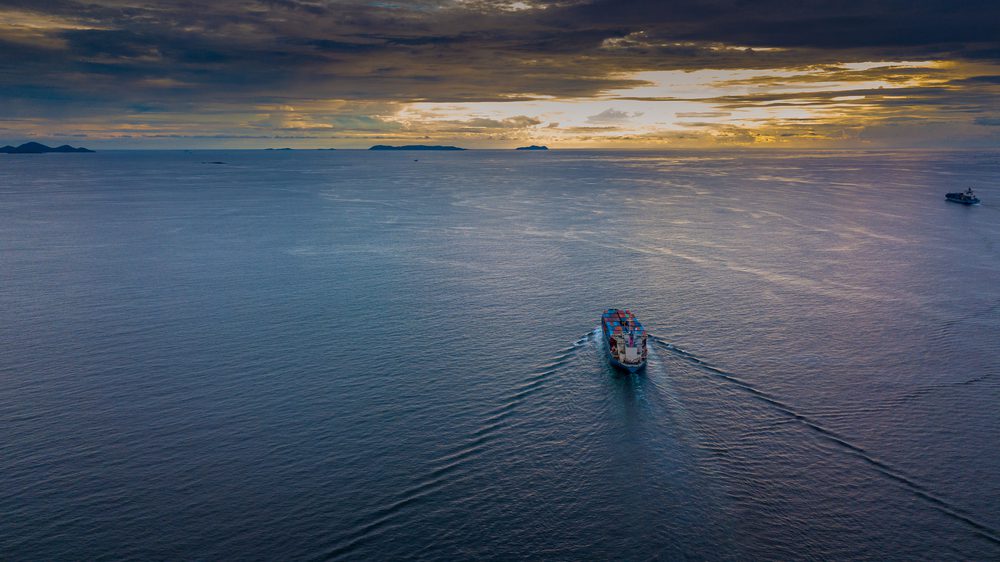Avigator Fortuner / Shutterstock
 By Jamie Freed AVALON, Australia March 4 (Reuters) – Major global defense contractors want to sell Australia on cutting-edge technology such as high-altitude, solar-electric powered drones and optionally manned aircraft to keep an eye on the oceans.
By Jamie Freed AVALON, Australia March 4 (Reuters) – Major global defense contractors want to sell Australia on cutting-edge technology such as high-altitude, solar-electric powered drones and optionally manned aircraft to keep an eye on the oceans.
Airbus SE, Italy’s Leonardo SpA, Northrop Grumman Corp and Lockheed Martin Corp are among the companies that have expressed interest in providing Australia’s Department of Home Affairs with such equipment, showcased at the Australian International Airshow last week.
The four companies said they have responded to a request for information issued late last year; the next step, after the government responds, would be to submit proposals.
The final contracts could be worth several hundred millions dollars depending on the scope, according to two industry sources who declined to be named because they were not authorized to speak to the media.
The country is looking to replace 10 Bombardier Inc Dash 8 maritime patrol turboprops that began service more than a decade ago.
Australia has the world’s third-largest economic exclusion zone behind France and the United States, and the world’s largest maritime search and rescue region, covering about 10 percent of the Earth’s surface.
Australia faces smuggling of people, drugs and weapons; illegal fishing; and search and rescue at sea, making it an ideal market for sophisticated aerial surveillance technology.
“What works for large merchant ships or naval formations may not work for a tiny wooden vessel moving at slow speed with no electronic signature,” said James Goldrick, a retired rear admiral in the Royal Australian Navy and former border protection commander.
The government aims to have all of the new equipment operating by 2024, the department said when it announced the request for information in late October.
A Home Affairs spokesman said on Friday that the government got 67 responses from industry by the end of November, and that no decision had been made on next steps.
Minister for Home Affairs Peter Dutton, who oversees the Australian Border Force, said in October the contract would be a “very significant investment” without providing further details.
An election is due to be held by May and the opposition Labor Party is favored in polls, but Goldrick said he expected any incoming government would issue requests for proposals.
RANGE OF OPTIONS
The Home Affairs contract would build on Australia’s military capabilities, including seven Boeing Co P-8A Poseidon submarine-hunting jets. Five more P-8As have been ordered.
Last year, Australia ordered six Northrop Grumman Triton maritime surveillance drones, which will cost A$6.9 billion ($4.90 billion) in total, according to a person familiar with the transaction.
Northrop Grumman is marketing its medium altitude, long-endurance, optionally manned Firebird aircraft as a way to compliment the larger and costlier Triton for the border security contract.
“(Firebird) could be tasked to go to very specific things if you want to keep an eye on a certain target of interest for a long period of time while Triton goes off and goes after the broader surveillance,” Doug Shaffer, the manager of the Triton program, told Reuters.
Airbus and Leonardo are both marketing solutions based on the large amount of maritime surveillance equipment each company already has operating in their home markets of France and Italy.
At the air show last week, Airbus’ showed off its Zephyr, a solar-electric pseudo-satellite drone designed to linger at an altitude of around 70,000 feet (21 kilometers) for months at a time to track ships or even provide a temporary boost to communications.
Airbus has built its first Zephyr global operations site in a remote part of Australia’s northwest that has ideal launch weather. The first launch is expected within the next month, Airbus executives told reporters at a briefing.
“Zephyr can provide persistent surveillance and can cover wide areas because it flies very high. That is definitely one element of future solutions on maritime,” said Airbus Defence and Space Head of Marketing Ioannis Papachristofilou.
He added his company would propose a network of many technologies – vessel traffic systems, sensors, helicopters, fixed-wing planes and satellites connected to a local operations center – for a country like Australia.
Leonardo already supplies Australia with maritime surveillance radar and mission systems, and is looking to provide a wide range of products such as helicopters, turboprops and drones fitted with its own sensors, said Michael Lenton, the head of Leonardo Australia.
($1 = 1.4083 Australian dollars) (Reporting by Jamie Freed; Editing by Gerry Doyle)
(c) Copyright Thomson Reuters 2019.

 Join The Club
Join The Club











